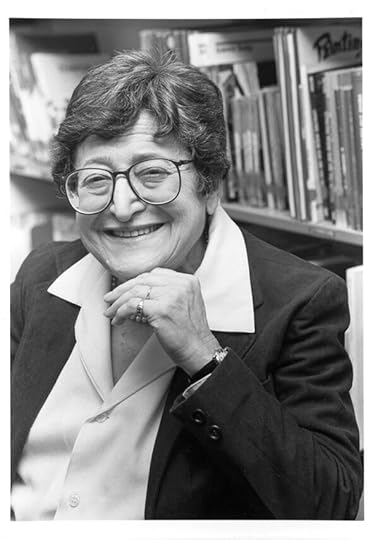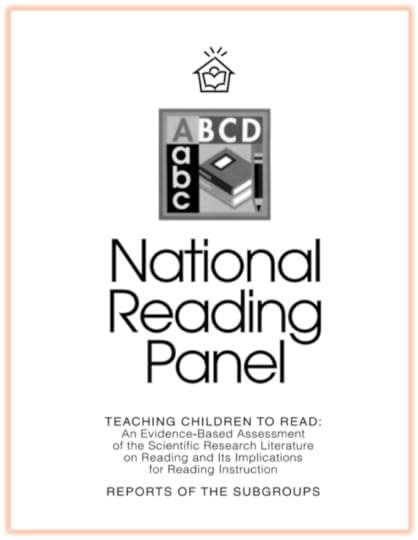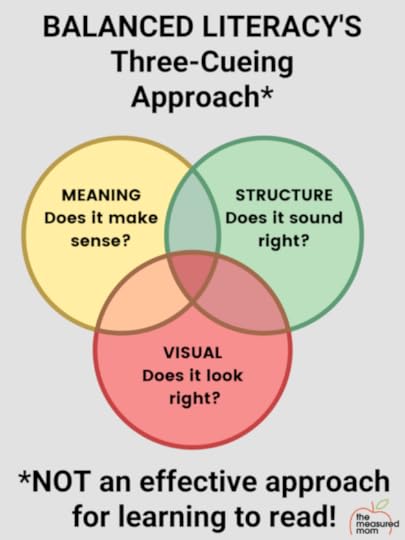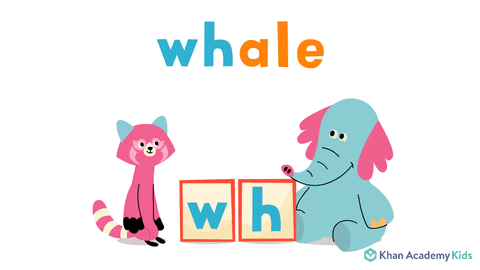What every teacher should know about the reading wars
The reading wars are alive and well. Should you pay attention or stay out of the debate?
Here’s what every teacher should know about the reading wars.

As a mom of six, I’ve refereed countless arguments.
It wasn’t much different in the classroom.
I loved my years as a classroom teacher, but I remember how incessant student squabbles can be.
The truth is … I’ve heard enough bickering to last the rest of my life.
You too?
But alas … the bickering is all around us.
If you teach reading, it’s impossible to avoid the reading wars.
We find arguments on Twitter, in Facebook groups, and in blog comment sections.
I don’t know about you, but sometimes I just want to bury my head in the sand.
As tempting as it may be, we shouldn’t put our heads down and keep teaching without being aware of the current debate.
There’s much to learn.
There’s much to say.
 1. The reading wars have a long history.
1. The reading wars have a long history.AND IT ALL COMES DOWN TO PHONICS
In my podcast about the reading wars, I quoted David and Meredith Liben.
“The disagreements over the rightful role, intensity of focus, and approach within the phonics universe is a central part of the reading wars.”
And that’s because the phonics discussion leads to difficult questions …
How structured should the teaching of young children be?How much should children practice new skills?How and when should we assess?Who’s accountable for children learning to read?The phonics (sound it out) approach was pitted against the look-say (memorize the whole word) approach for decades – in fact, much of the early 20th century.
THE DEBATE GOT HEATED IN THE MID 1950’SThe reading wars really ignited when Rudolf Flesch published his incendiary book, Why Johnny Can’t Read, in 1955. In that book he blasted the whole word approach.
 Jeanne Chall
Jeanne ChallProminent researchers such as Jeanne Chall joined the discussion, and they found that systematic, sequential phonics instruction produces better outcomes in word recognition in the early grades and even helps improve reading comprehension in the later grades.
The publication of Jeanne Chall’s book, Learning to Read: The Great Debate, should have ended the reading wars.
But in spite of what she shared from research…
Whole language (NOT systematic, explicit phonics instruction) became a popular approach.
WHOLE LANGUAGE BECAME POPULAR IN THE 1970’SThe whole language philosophy says that learning to read is very much like learning to speak. It says that if we surround kids with lots of quality literature, lots of print on the walls, and lots of reading aloud to them, they’ll pick up reading without a lot of explicit instruction.
Whole language isn’t technically against phonics, but it advocates more of a “teach it as needed” approach.
The wars raged on.

In 2000, the National Reading Panel completed its three-year study of the research surrounding reading. They recommended explicit instruction in phonemic awareness, systematic phonics instruction, methods to improve fluency, and ways to improve reading comprehension.
BALANCED LITERACY BECAME POPULAR IN THE LATE 1990’SAround the time that the NRP released its report, balanced literacy was born.
Balanced literacy has a million definitions, but we can all agree that it was an attempt to end the reading words between the whole language and phonics camps.
Balanced literacy isn’t all bad. Balanced literacy teachers tend to be dedicated educators who are passionate about quality literature; they work hard to help their students develop a love of reading.
But there’s a problem.
And it’s a big one.
 2. The current debate is between balanced and structured literacy.
2. The current debate is between balanced and structured literacy.The name “structured literacy” was coined by the International Dyslexia Association in 2016.
Structured literacy is a systematic and cumulative approach that teaches the critical elements (phonemic awareness, phonics, and the rest) through explicit instruction and with diagnostic teaching.
(It that sounded like a foreign language, check out my series about structured literacy. I break it all down.)
Those in the structured literacy camp are often referred to “science of reading” advocates.
The science of reading is simply the collection of research related to how we teach reading.
Structured literacy advocates (sometimes called the science of reading crowd) have quite a few problems with balanced literacy, but the biggest issue by far is with three-cueing.
In fact, the recent article that reignited the reading wars focuses on three-cueing itself. (If you haven’t read it, check out Emily Hanford’s article: “At a Loss for Words.”)
Structured literacy advocates claim that three-cueing actually teaches bad habits and guessing, and that early readers need to begin their reading with decodable books so they can practice the phonics knowledge they’ve learned.
Despite research showing that three-cueing is unhelpful at best and damaging at worst, Fountas and Pinnell are still holding fast.
Meanwhile, in a recent article, Mark Seidenberg notes that “the best ‘cue’ to a word is the word itself.”
3. The science of reading camp isn’t JUST about phonics.
It feels like the science of reading is all about phonics – and nothing else.
After all, that’s where the discussions tend to go.
But SOR advocates know that we need both decoding ability AND language comprehension to be achieve the goal of reading: reading comprehension.
The reason the discussion revolves around phonics is because it’s taught in such a haphazard way in many balanced literacy classrooms.
It’s the thing that needs the most pressing attention.
If you doubt that comprehension gets attention in the science of reading camp, check out this post about Scarborough’s reading rope.
4. The science of reading is not a fad or pendulum swing.It seems that every time I read a heated Facebook thread about the science of reading, someone always comes out and says something like this:
“I’ve been teaching for 35 years, and this is just the pendulum swinging back. It will swing again in a few years.”
Except … the science of reading isn’t just a bunch of people with opinions (even though we all have them). It’s the body of basic research about how we learn to read.
That research is going to be refined and added to, but it’s not going to disappear.
5. It’s every teacher’s responsibility to keep learning.You may have heard the rallying cry of the science of reading crowd: “Know better, do better.”
I used to hate that.
It made me feel like they were sitting up on their high horse, looking down at me (I was still firmly entrenched in balanced literacy).
However, as I began to understand how wrong my approach was, I felt guilt and sadness for the students I hadn’t helped. I now realized that “know better, do better” is what we say to encourage ourselves to keep going … to do better for our current and future students.
Are you ready to learn?
Joining a science of reading Facebook group is a good place to start. The drama can get intense (ugh), but these groups often share links to free and inexpensive trainings that will help you on your journey.
Just like any setting, those groups are full of people with their own opinions (generally expressed IN ALL CAPS) that may or may not be backed by research.
It’s your job to do your own study.
Here are good places to start!
Listen to my podcast series: Science of Reading Bootcamp.Read Know Better, Do Better, by David and Meredith Liben.Read Shifting the Balance, by Jan Burkins and Kari Yates.Get on the waitlist for my online course, Teaching Every Reader.Put more books on your reading list: Books to read on your science of reading journeyI’ll close this post with a quote from Cecilia Magro, one of many dedicated online educators.
Stay tuned for the rest of our 10-part phonics series!As teachers, we need to be informed on research, how the brain learns, and critically analyze the practices we use in our classroom and decide if we need to change. When we know better, we do better.
Cecilia Magro, I Love 1st Grade
Part 1 Coming soon Coming soon Coming soon Coming soon Coming soon Coming soon Coming soon Coming soon Coming soon
The post What every teacher should know about the reading wars appeared first on The Measured Mom.
Anna Geiger's Blog
- Anna Geiger's profile
- 1 follower



